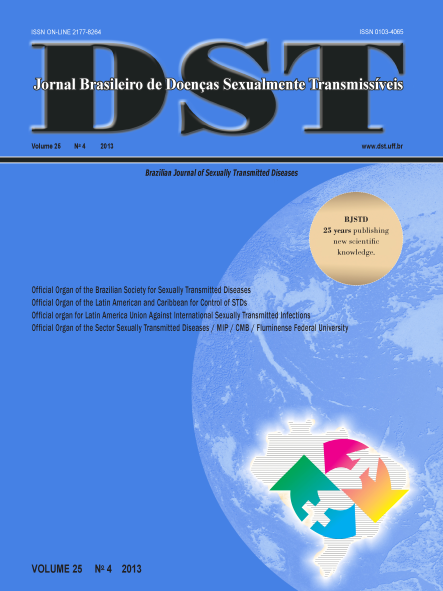Prevalence of HR-HPV and risk factors associated with the development of lesion cervical precursor of cervical cancer, a sample of the Curitiba metropolitan region, case-control study
Keywords:
Cervical Intraepithelial Neoplasia, HPV, Risk Factor, Prevalence, Hybrid Capture 2Abstract
Objective: Characterize the risk factors associated with the development of cervical intraepithelial neoplasia (CIN) and determine the prevalence of High-risk Human Papillomavirus (HR-HPV) infection in women without cytological abnormalities and women diagnose with CIN 2 and 3, living in metropolitan region Curitiba, Paraná state, Brazil. Materials and Methods: Case-control study consisting of 382 women without cytological abnormalities, 233 women with high-grade intraepithelial lesions, which were subdivided in 131 women with CIN 2 and 102 women with CIN 3 diagnose by histological analysis of the cervical segment conical excision material. The age range of the women in the study was 15-45 years old, collected in the period of 2009 to 2012. The detection of HR-HPV DNA was performed by Hybrid Capture 2 test (CH2). An epidemiological questionnaire assessed the risk factors associated with the presence of HR-HPV and CIN 2/3 in each group. Statistical analysis was performed using the Chi-Square test and Results: The HR-HPV was detected in 12.5% of controls, 87% in CIN 2 women and 93.1% in the CIN 3 women. Risk factors associated with the development of CIN were HR-HPV infection (OR = 62.054; 95% CI: 34.57-111.37), smoking (OR = 1.837, 95% CI: 1.061-3.178), use of hormonal contraceptives (OR = 1.845, 25 years old are the most susceptible to infection (p <0.01), but with less chance of developing CIN (OR =0.256 95% CI: 0.095-0.684). Conclusion: the prevalence of HPV-HR in women with normal cytology was higher in those under 25 years of age. The HR-HPV infection, age, smoking, use of group are more susceptible to viral persistence and the development of CIN, therefore the use of methods for the detection of HPV-HR in this population may help reduce the incidence of CC by regular monitoring of these women.












